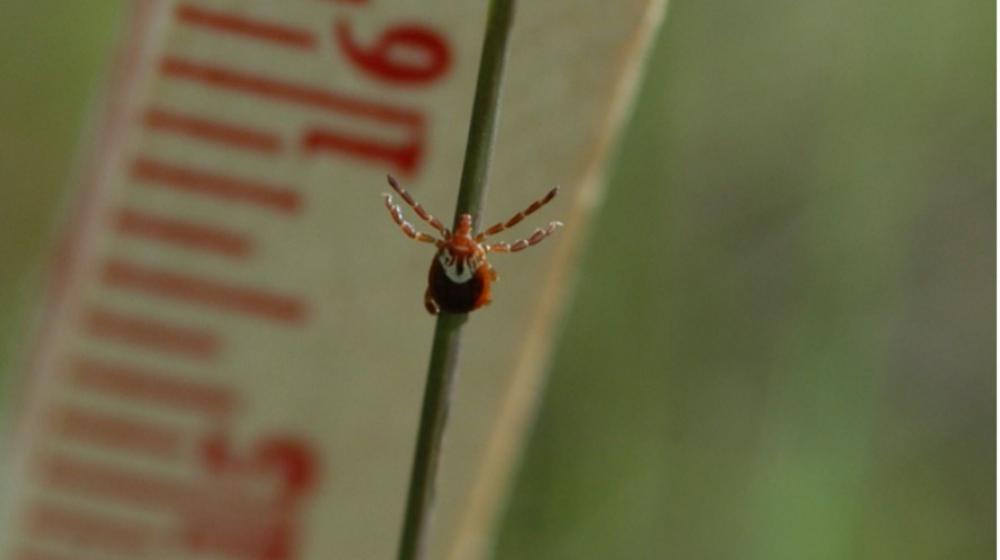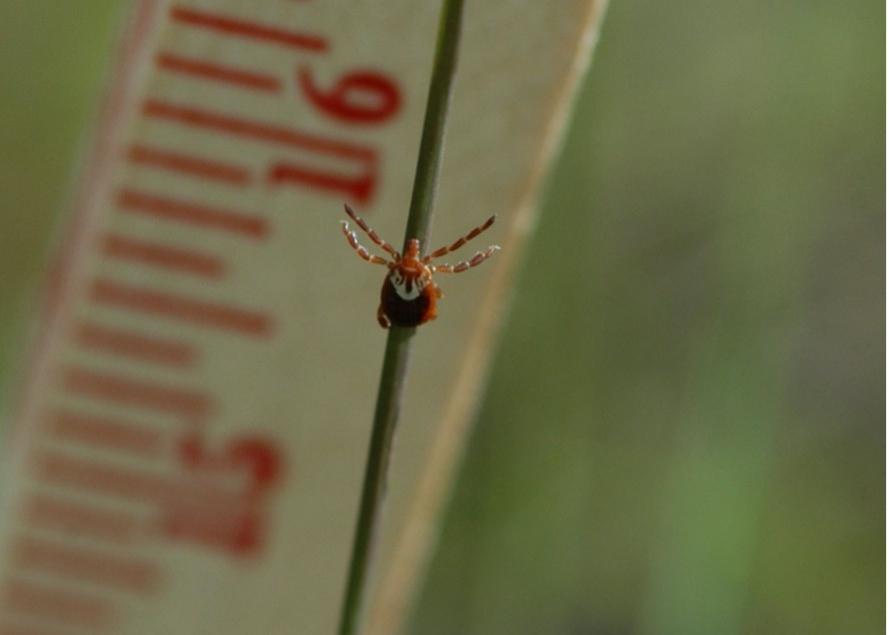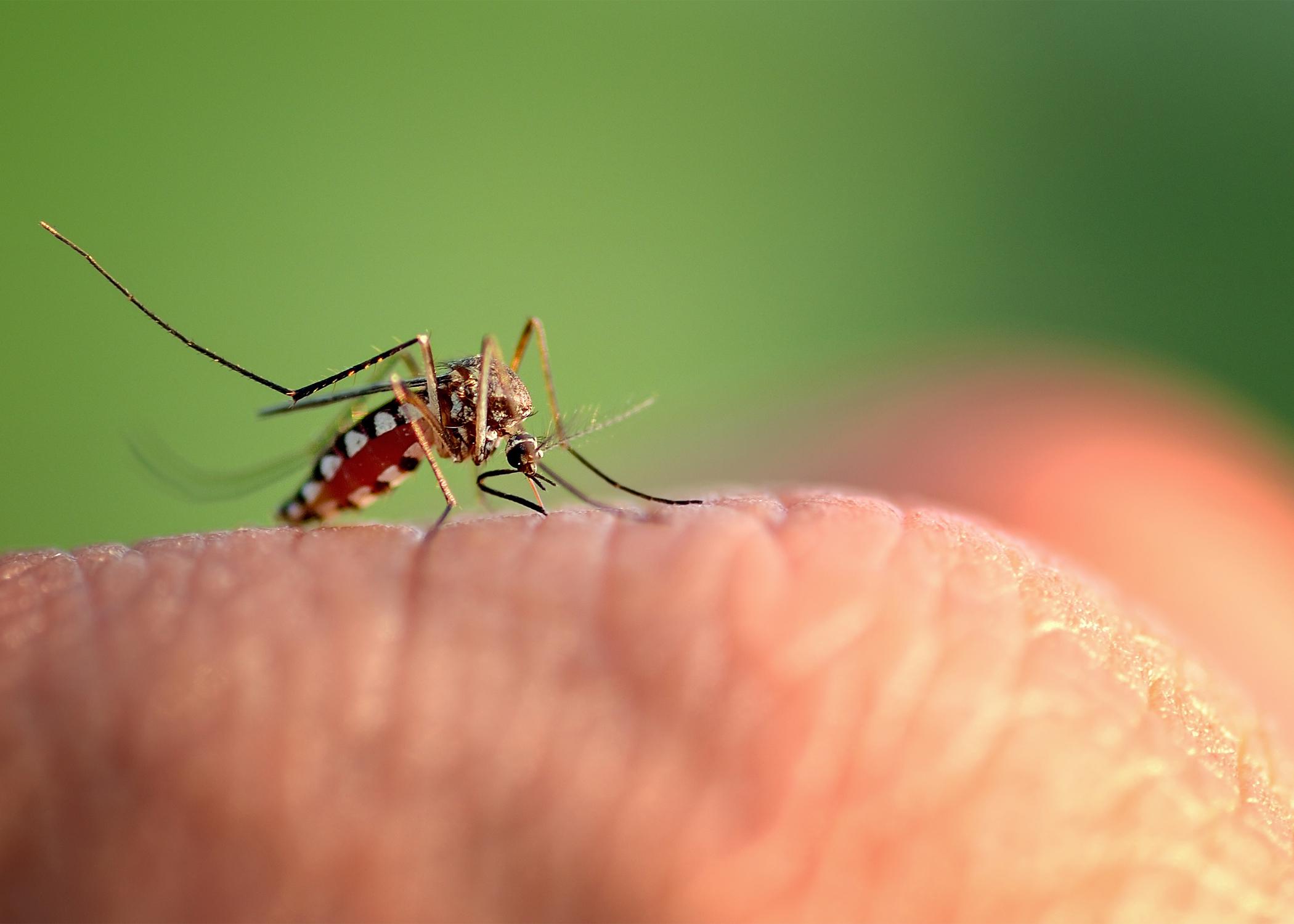Species Spotlight: Ticks

Gulf Coast Tick (Photo by MSU Extension)
As warmer weather lures us outside for yardwork, hiking, and family picnics, it’s important to stay alert for ticks.
One of Mississippi’s most common ticks is the Lone Star tick, Amblyomma americanum. Though small in size, this tick can cause big problems!
The Lone Star tick is named for the distinct silvery-white spot on the back of the adult female. Males show scattered white markings along the edges of the body.
These ticks live in wooded, brushy areas and are especially active from early spring through fall.
Another common tick is the Gulf Coast Tick. The Gulf Coast tick occurs statewide and is most common from late spring through fall, especially in July and August.
Their bites are notorious—so severe they can cause “gotch ear,” a permanent deformity on grazing livestock’s ears.
Gulf Coast ticks also transmit Rickettsia parkeri, which can lead to a milder form of Rocky Mountain spotted fever and localized skin death (necrosis) at the bite site.
Here are some good ways to avoid ticks:
- Stick to the center of trails and avoid tall grasses and dense brush.
- Wear light-colored, long-sleeved shirts and pants. Tuck pants into socks.
- Use tick repellents.
- Perform a full-body tick check, especially behind the knees, around the waist, and in the scalp.
- Shower soon after being outdoors to wash off unattached ticks.
- Toss outdoor clothes in the dryer on high heat for 10–15 minutes to kill ticks.
For more information about gulf coast and lone star ticks, check out Bug’s Eye View:
The U.S. Centers for Disease Control and Prevention also has information about how to prevent tick bites on humans and pets and reduce ticks around homes.
Subscribe to Extension for Real Life
Fill in the information below to receive a weekly update of our blog posts.









